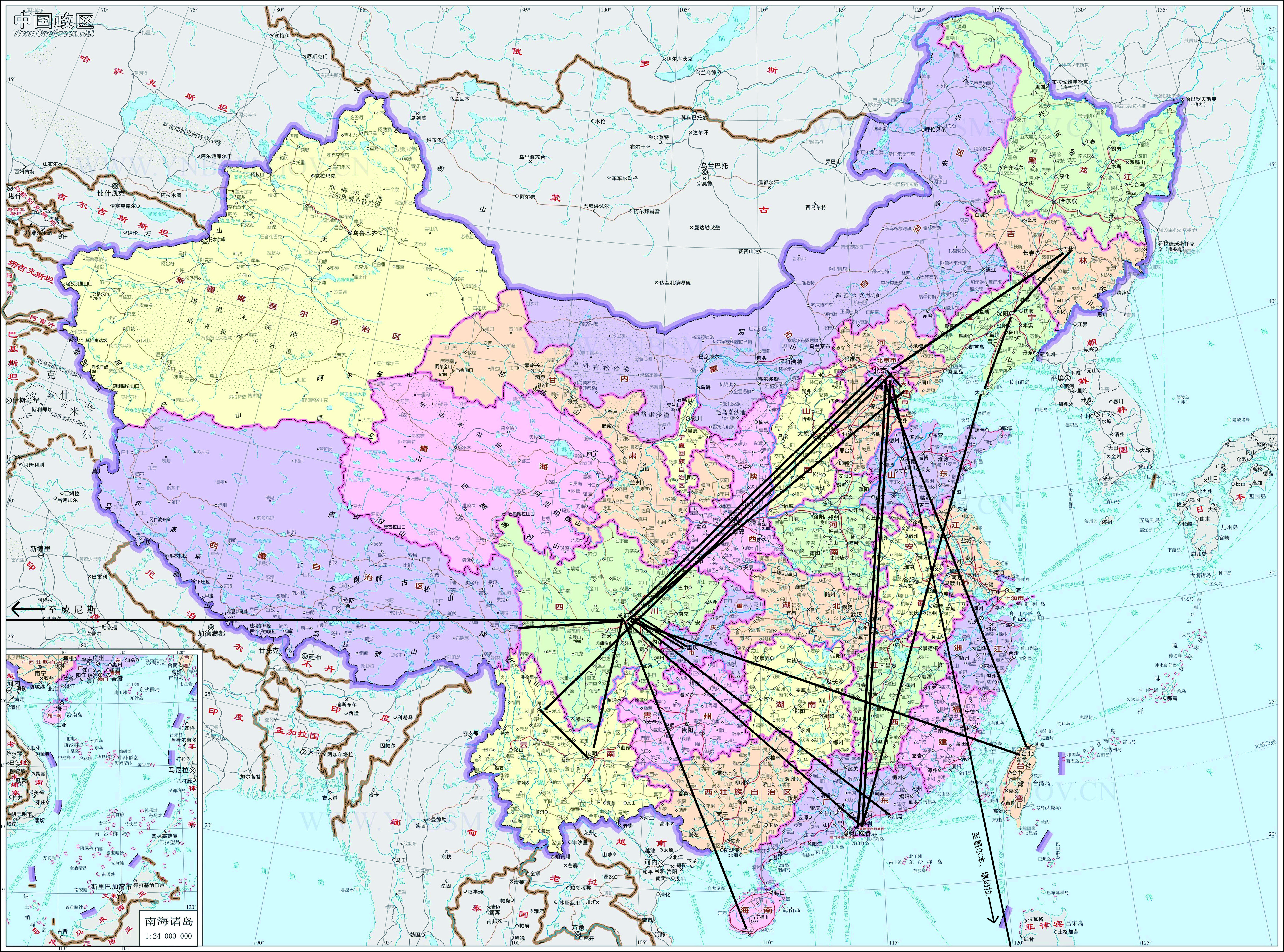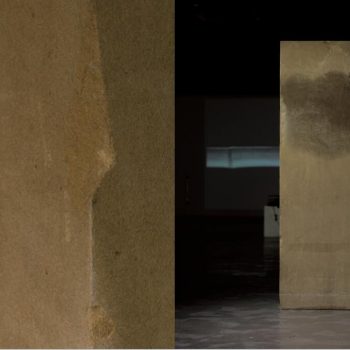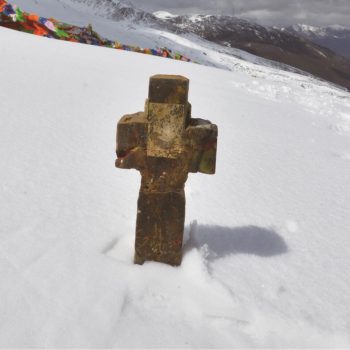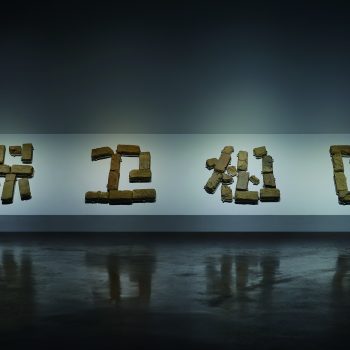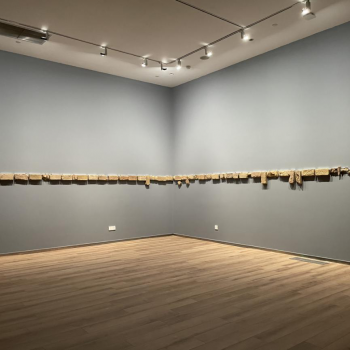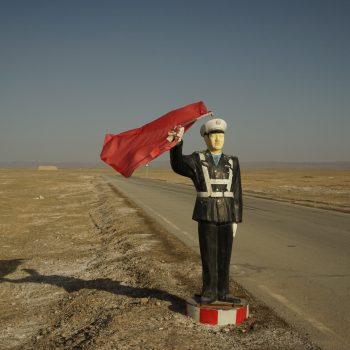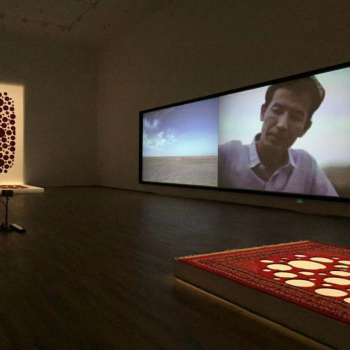It Must Be Done: Regarding Death, a dream of mine for many years
Du Xiyun & Li Yongzheng
Date: July 9, 2015
D : On June 9, 2015, four children (siblings) died by imbibing pesticide in Qixing district, Bijie city, Guizhou province. It was said that the sentence, “Death, a dream of mine for many years,” was written by one of the children in a suicide letter. Do you believe this sentence is true?
L : The oldest child of the four was not yet 15 years old. I cannot confirm the veracity of the suicide note on the internet. There were several versions of this sentence.
D : Why do you think the four children selected this method to end their lives?
L : This world was a hellhole for them.
D : Were you moved by the sentence “Death, a dream of mine for many years?”
L : I was. I have dreamt that I was sinking into a black swamp, and that I would soon die. My body floated, warm and comfortable… I also thought that I would not live to see 30, but I’ve now lived this long. While experiencing so many unbearable things, hope kept me on top. But reality could never give them that hope.
D : How do you see the relationship between death and the right to life?
L : According to media reports, on November 16, 2012, on the same streets of Qixing district, Bijie city, five children were hiding in a dumpster to escape the winter cold. They started a fire and died of carbon monoxide inhalation. The average age was 10. What is heartbreaking is that such things are constantly happening and being forgotten. The definition of the right to life in the Universal Declaration of Human Rights reads, “Everyone has the right to a standard of living adequate for the health and well-being of himself and of his family, including food, clothing, housing and medical care and necessary social services.” It not only contains safety and basic freedom from assault, but also forbids things like the plunder of wealth that humans need to survive. But there’s a bookworm-like atmosphere to becoming attached to these documents, and it can even lead to putting yourself in unexpected danger. In a broad land, how to live is more real than discussing rights.
D : Life ultimately ends, and death is an inevitable part of it. Whether filled with joy or sorrow, all of it must disappear. Before death, concerns such as fame, wealth, favors and grudges all seem empty. How do you see their relation to death?
L : If death is the end, it certainly encourages life. If this is everything, why can’t we be a bit more amazed, a bit more fearless, and live without restraints? Aren’t the joy and sorrow you speak of evidence of life? Or rather, if death is “just a state of being from which one cannot return,” an end to all questions, then don’t the joy and sorrow have a lingering significance? Aren’t they the meaning of existence?
D : Nothing that living people say can affect those who choose to end their lives. When living in difficult circumstances, many people gradually lose their wisdom and imagination, and their willpower slowly disappears. Has this happened to you?
L : If an adult person chooses to end their life, I would have nothing to say. I would even understand it as Baudrillard does, that choosing death can be a method of actualizing freedom. Humans are molded by reality, and choosing to die is a form of resistance to these mechanisms of control. This resistance possesses metaphysical symbolism. But in this case I would say it seems false and pale. What kind of control? They were just beginning their lives! Everything I have now, I attribute to fate. I’m no more insightful than anyone else and I don’t have the courage to actualize my freedom, but I’m also not filled with fear or constrained. I just remain doubtful. When everyone else is bursting with joy, I desire to take a small step backwards.
D : What do you think led these four children to lose their lives in this way?
L : According to the papers, in China there are 61 million children who stay in villages while their parents go to work in the cities. They are raised by their grandparents or other relatives. There are close to 10 million children who don’t see their parents at all in a year, and there are around two million children with no one caring for them at all. The four children who committed suicide, and the five children who died before, all number among these left-behind children. When they’re left-behind, what are they waiting for? This is a generation that has been abandoned. However much insane exaggeration there is about this era, this is a wound that can swallow all of the light.
D : Do you think similar events will occur in the same area?
L : Yes. In this society, we don’t care much for the pain of others, and we’re not good at learning from the past.
D : How can we prevent similar occurrences?
L : I don’t know. All I know is, it starts with personal action. For example, I worked with some non-governmental relief organizations and did what I could. This kind of terrible thing left me unable to hide my emotions, and I had to make an artwork about it.
D : 2,000 blocks of rock salt are placed on the beach spell out, “Death, a dream of mine for many years.” There is a metaphysical significance to your use of Himalayan rock salt. The salt is washed away by the sea. It melts and is transformed, indicating a return. Why were there 2,000 blocks?
L : To me, salt is a particular symbol, but this is unimportant because everyone has a different impression of the Himalayas, salt, and the ocean. There is no symbol with a universal meaning. 2,000 blocks is an arbitrary number. I found a suitable beach and each character was two meters high. It suited the environment, and I needed 1,170 blocks to spell out the eight characters. Onsite, about 830 square meters were covered by the blocks, with one block on each square meter. You can do the math, and it adds up to 2,000 blocks.
D : You take the specific societal causes of their death and transform them into a poetic artwork. When expanding the laments and thoughts that humans have about their lives, are you negating the specific causes of death with these poetics?
L : Misfortunes are constantly occurring and they are numerous. No matter how you express them or what the expression is, you cannot preserve something for eternity. One incident will always be swallowed by the next, until even you yourself cannot return to your questioning state and cannot regain your tranquility. I just wanted to make something. Or rather, this event forced me to do this, even if it is already forgotten.
D : For you, what is the use of the artistic identity, artistic methods, and dissemination in the art system?
L : I don’t know. Perhaps using that kind of method inside that kind of system cannot produce a clear answer. But we have to do something. I hope it can produce a beautiful result and encourage action in this moment. In the end, we’re still living well.
Translated by Sophia Kidd and R. Orion
Death Has Been My Dream for a Long Time
On June 9, 2015, four children (siblings) died by imbibing pesticide in Qixing district, Bijie city, Guizhou province. It was said that the sentence, “Death, a dream of mine for many years,” was written by one of the children in a suicide letter. Do you believe this sentence is true?
“I don’t believe in [death], because you’re not around to know it happened. I can’t say anything because I’m not prepared for it.” -Andy Warhol


